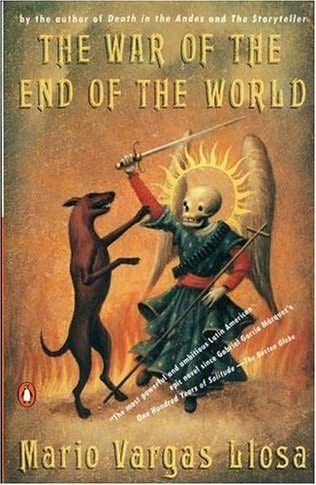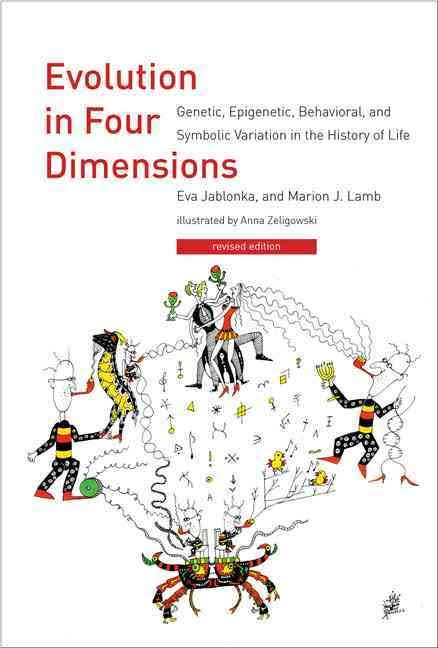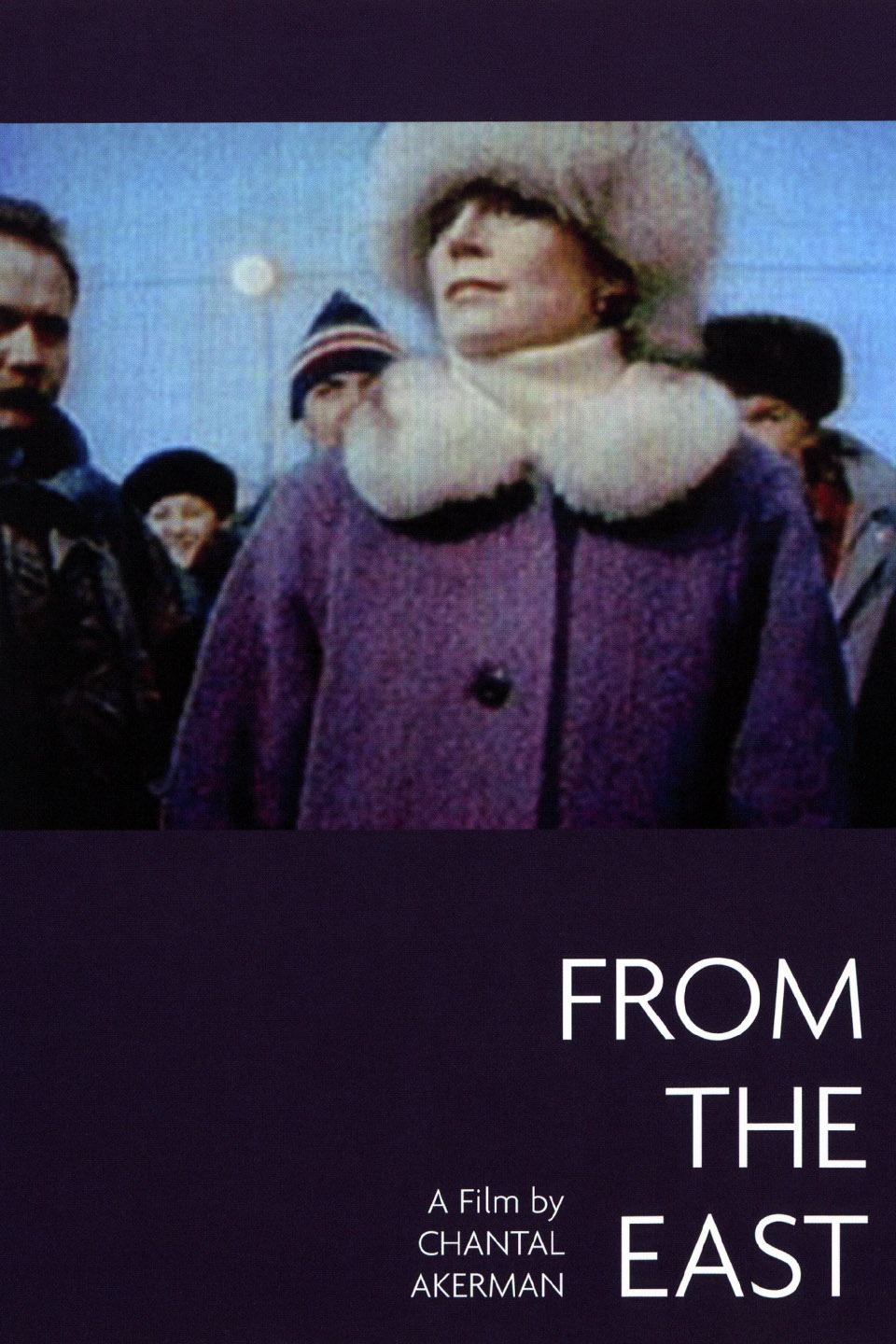Half-heartedly discussed, with several items totally rushed just so that I can can get this done, in this post: 4 books (Independent People, Hunger, The War of the End of the World, and Evolution in Four Dimensions); 1 movie (Angry Birds); and 2 documentaries (The House is Black, and D’Est).
Books
1. Independent People by Halldór Laxness.

When I decided to go to Iceland, I also decided that reading some Icelandic literature (apart from the sagas already read) would be apropos and might, perhaps, add to the total experience. I’m very glad I chose to do so. Independent People isn’t simply a well-written book (Laxness won the Nobel Prize for Literature), nor is it a simply a well-written book that is satisfying to read (a lot of good — and highly acclaimed — books fall into this category). Independent People is more than that. It possesses that seemingly intangible element sets great books apart from good books. The story enfolds you and the characters become alive, and this seems to happen effortlessly (of course, a great deal of effort goes into it, but it is the illusion of effortlessness that is critical here). This is the kind of story that appears to tell itself, where the writer and the reader fade into fiction and the story itself becomes that which is.
So, yes, this story about a sheep farmer, who has gone from working for others to working his own land, is one that I would recommend.
2. Hunger by Knut Hamsun.

I chose to read Hamsun because I wanted to draw out my Scandinavian literature kick and because Knausgaard mentions Hamsun a lot, and this book in particular, in the fifth volume of his Struggle. It was interested reading Hamsun with Knausgaard in mind. Knausgaard’s most recently translated autobiographical volume, seems very much like a fleshing out and retelling of Hunger, which is considered to be semi-autobiographical work by Hamsun (tangentially, or not, Hamsun was a big supporter of the Nazis in Norway and wrote an obituary for Hitler, wherein he referred to Hitler as “a preacher of the gospel of justice for all nations,” and Knausgaard gave his autobiographical work the same title as Hitler’s memoirs).
I can’t say that I particularly enjoyed this story about a writer going increasingly insane from hunger in Kristiania. I’m not sure how much of Hamsun gets lost in translation. Apparently in the original Norwegian there is quite a bit of clever word play, as well as usage of various local dialects and idioms that make the text much richer. The English felt very wooden and flat. Beyond that, however, I felt that the story and character (some characters come and go but the only one who is developed in any detail is the protagonist) lacked anything particularly likeable. Now, sure, I’ve read and actually enjoyed other stories lacking likeable protagonists (works by Bukowski and Miller come to mind) and I know that part of Hamsun’s intent is to create such a character (and part of why he so influenced the narrative trajectory that encompasses both Bukowski and Miller), but to me there is nothing novel about unlikeable people who are lacking both empathy and self-awareness. The question is what makes a story about such a person the kind of story you want to read or enjoy reading. And this, I think, is why translation might be such an issue. A very well written story about a terrible person can still be a good read. A poorly written story (or poorly translated story) may not be.
Perhaps it is just a matter of personal preferences related to the kind of voice with which an author writes. I liked Laxness’ voice and so I can read a story about an asshole sheep farmer and love it. Hamsun’s voice (in translation) does nothing for me and so did his story about a starving writer. Here, Hamsun also reminded me of Kafka, with whom he is often compared, but not in a way that is flattering. Kafka’s voice also always left me flat despite me going to Kafka very much wanting to enjoy him, given how frequently he is mentioned in continental philosophy.
3. The War of the End of the World by Mario Vargas Llosa.

Speaking of an author’s voice, Mario Vargas Llosa has one the of the best I’ve ever read — it’s like a mixture of Márquez and McCarthy. This is not only the most enjoyable story I read this month (which was a surprise to me since I thought Laxness would be hard to top), it is one of the most enjoyable novels I’ve read at all. Llosa does an absolutely masterful job of weaving time, characters, perspectives, and voices together in this story about, well, it’s hard to describe what it’s about. I mean, I can talk about the characters, the historical moment, the events that take place, but that doesn’t necessarily tell you what the book is about. I very highly suggest you read it and find out for yourself. I wish I could write this way.
4. Evolution in Four Dimensions: Genetic, Epigenetic, Behavioral, and Symbolic Variation in the History of Life by Eva Jablonka and Marion J. Lamb.

What Jablonka and Lamb is a fascinating and much more nuanced understanding of how evolution actually takes place. Evolution is not all about genes and not all about random mutations that happen to connect with shifts in the the environment. A whole lot more is at play — especially in the realm of epigenetics — and there is, perhaps, much more of a directed nature to what happens in evolution (i.e. organisms can intentionally evolve in certain directions instead of just leaving everything up to change). In fact, two things come through here that I find especially interesting: first, the ways in which organisms and environments are much more bonded and exist in a mutually transforming way (organisms and environments, one might conclude, are actually two parts of a greater whole); second, within their genetic coding, many organisms possess the ability to do and be all sorts of things that we currently cannot do or be but we simply lack the context that allows us to throw the switches needed to activate those parts of ourselves. Generally, it is only in times of crises when organisms start throwing switches like mad to find the proper combination to allow survival. Many don’t survive. Those that do, do so by becoming what it was impossible for them to be before. Woh, eh? (Sounds a little bit like the role that crises also play in character development within individuals…)
I very much enjoyed this book. It does for my understanding of evolution what my previous readings in quantum physics did for my understanding of physics and science more generally. Sometimes a bit dense, but full of tons of fascinating illustrations.
Movies
1. The Angry Birds Movie (2016) directed by Fergal Reilly and Clay Kaytis.

If one were to mirror back the language, mood, ethos, or spirit of The Angry Birds Movie within the content of a review, one would certainly not be amiss to describe it as the shittiest shit that has ever been shat. Still, it’s best not to let such a film dictate the tone of our discourse so I’ll briefly quote my friend Barrett’s concise and very appropriate review:
There’s no plot to spoil. It’s basically just a racist 90 minute commercial for the Trump campaign:
When a boat of foreigners arrives on your shore, claiming friendship, there are secretly hundreds more of them hiding below decks. Their hidden goal is to take over, destroy your country, and steal what is most precious to you.
Our supposed, established-yet-absentee leader (“The Great Eagle”), is really an out-of-shape and out-of-touch buffoon. The general public has become too nice to see through the plot of the sinister foreigners.
The only one who can save us is the raging jerk on the edge of town (i.e. “the outsider who speaks his mind”) that we all love to hate. He helps us access the secret power of our rage to go over to the foreigners’ homeland, bomb it back to the stone age, and take back what is ours.
To this I would add a few remark. First, the out-of-shape, out-of-touch Eagle is actually a great leader after all who, perhaps, was partially play acting in order to get others to act on their own behalf, but who still saves the day. As the American Empire spirals, its vision of itself shifts — from Captain America to the Dark Knight to the Great Eagle — but always it finds ways to both justify and redeem itself.
Second, nobody in this movie possesses any redeeming qualities. Everyone constantly lies to each other, mocks each other, acts too cool for school, and we the audience are encouraged to act in the same way — whenever people experience some kind of trauma (and the moments when people are traumatized — like when birds realize that they were actually drinking the pee of another bird — are played up a lot), we’re supposed to see this are very, very funny. Everyone in this movie is a jerk and the audience is taught to be a jerk as well. I feel like this movie marks a time when kids’ movies have altogether given up and trying to have any kind of good or moral purpose. More than that, given that kids’ movies have actually often been subtly teaching kids to accept terrible things (like Beauty and the Beast teaching little girls to accept and normalize domestic abuse or intimate partner violence), this movie doesn’t even pretend to have any kind of good or moral purpose. Everyone has just given up. Let’s all be fucking assholes, laughing at the pain of others, being angry, sarcastic, and dishonest all the time, fearing those different than us, and bombing our enemies (one of the dangerous potential outcomes of a film like this is that it makes Disney movies look like they’re good for kids…).
Third, this made me think about how bell hooks talks about masculinity and how Hollywood in particular was used to reinscribe the patterns of certain kind of masculinity in response to the youth movement in the ’60s, which proposed a more welcoming, peace-loving, nonviolent, and gentle way for men to be human. This vision of masculinity was a threat to the American status quo, premised as it is upon the military-industrial complex, and so very violent modes of masculinity were used to help ensure that boys continued to grow up into the kind of young men who could and would be soldiers. The Angry Birds Movie is good for that.
Documentaries
1. The House is Black (1962) directed by Forough Farrokhzad.

This short documentary looks at the lives of lepers in a colony in Iran and contrasts the ways in which they look with their piety, mutual care, playfulness and mourning, as well as with quotations from the Tanakh, the Qur’an and some of the Director’s own poetry. It is beautiful and sad. Farrokhzad herself ended up adopting one of the children of two of the lepers after she finished filming (Farrokhzad should be the subject of an independent documentary, a Muslim divorcee and feminist who directed film and published poetry, she died in a car accident five years after The House is Black was released when drove into a wall in order to avoid hitting a school bus). I’m not sure that I deserved to watch this movie.
2. D’Est (1993) directed by Chantal Akerman.

After the Berlin Wall went down in ’89 and the USSR collapsed in ’91, Akerman decided to do a documentary tour of Eastern Europe before everything had changed. There is no commentary and no subtitles are used to translate the multitude of languages spoken along the way. It follows in the path set by documentaries like Man with Movie Camera (and only came out one year after Baraka). It’s decent but not mind-blowing and I tend to like Ron Fricke’s stuff more. Maybe because his content is more exotic (at this point, although that probably wasn’t true at the time Akerman released the film). Or because the images or so much more carefully produced with better technology. You have to be in the right mood for this one otherwise it won’t hold your attention.